Early machine-learning systems were inspired by neural networks — now AI might allow neuroscientists to get to grips with the brain’s unique complexities.
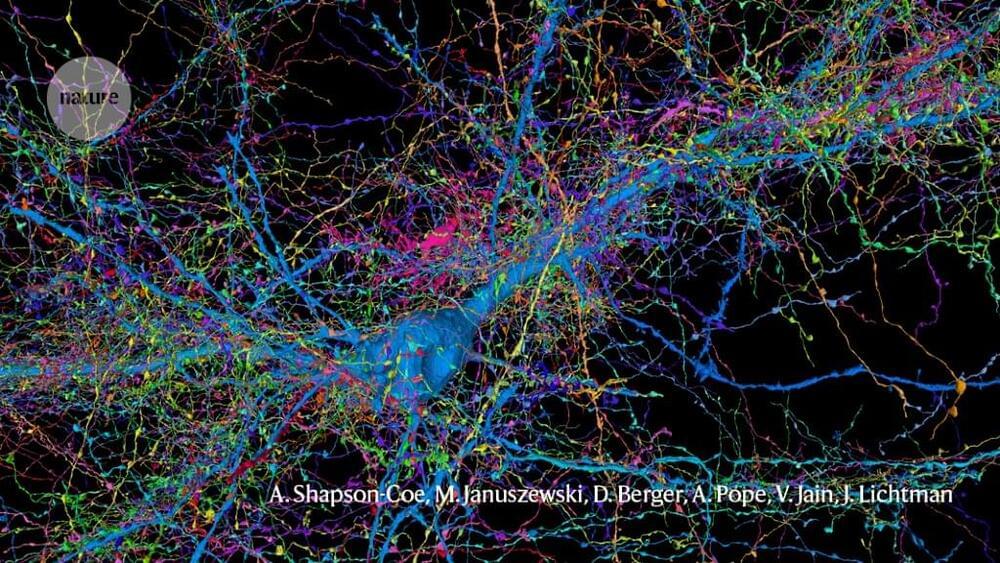

Ilya Sutskever, one of the leading AI scientists behind ChatGPT, reflects on his founding vision and values. In conversations with the film-maker Tonje Hessen Schei as he was developing the chat language model between 2016 and 2019, he describes his personal philosophy and makes startling predictions for a technology already shaping our world. Reflecting on his ideas today, amid a global debate over safety and regulation, we consider the opportunities as well as the consequences of AI technology. Ilya discusses his ultimate goal of artificial general intelligence (AGI), ‘a computer system that can do any job or task that a human does, but better’, and questions whether the AGI arms race will be good or bad for humanity.
These filmed interviews with Ilya Sutskever are part of a feature-length documentary on artificial intelligence, called iHuman.
The Guardian publishes independent journalism, made possible by supporters. Contribute to The Guardian today ► https://bit.ly/3uhA7zg.
Sign up to the Guardian’s free new daily newsletter, First Edition ► http://theguardian.com/first-edition.
Website ► https://www.theguardian.com.
Facebook ► https://www.facebook.com/theguardian.
Twitter ► https://twitter.com/guardian.
Instagram ► https://instagram.com/guardian.
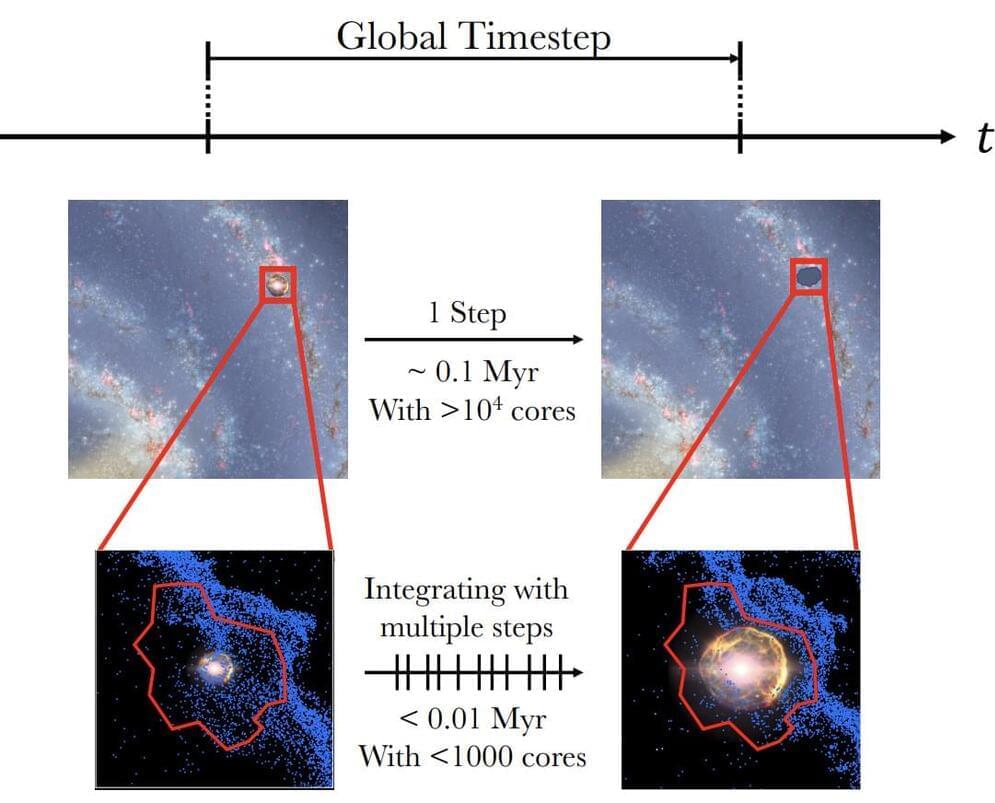
A new way to simulate supernovae may help shed light on our cosmic origins. Supernovae, exploding stars, play a critical role in the formation and evolution of galaxies. However, key aspects of them are notoriously difficult to simulate accurately in reasonably short amounts of time. For the first time, a team of researchers, including those from The University of Tokyo, apply deep learning to the problem of supernova simulation. Their approach can speed up the simulation of supernovae, and therefore of galaxy formation and evolution as well. These simulations include the evolution of the chemistry which led to life.
When you hear about deep learning, you might think of the latest app that sprung up this week to do something clever with images or generate humanlike text. Deep learning might be responsible for some behind-the-scenes aspects of such things, but it’s also used extensively in different fields of research. Recently, a team at a tech event called a hackathon applied deep learning to weather forecasting. It proved quite effective, and this got doctoral student Keiya Hirashima from the University of Tokyo’s Department of Astronomy thinking.
“Weather is a very complex phenomenon but ultimately it boils down to fluid dynamics calculations,” said Hirashima. “So, I wondered if we could modify deep learning models used for weather forecasting and apply them to another fluid system, but one that exists on a vastly larger scale and which we lack direct access to: my field of research, supernova explosions.”

Almost like a tax shelter in a sense but to avoid AI regulations.
A floating data center containing thousands of Nvidia GPUs has raised questions over whether the practice could result in the creation of sovereign AI states in the future.
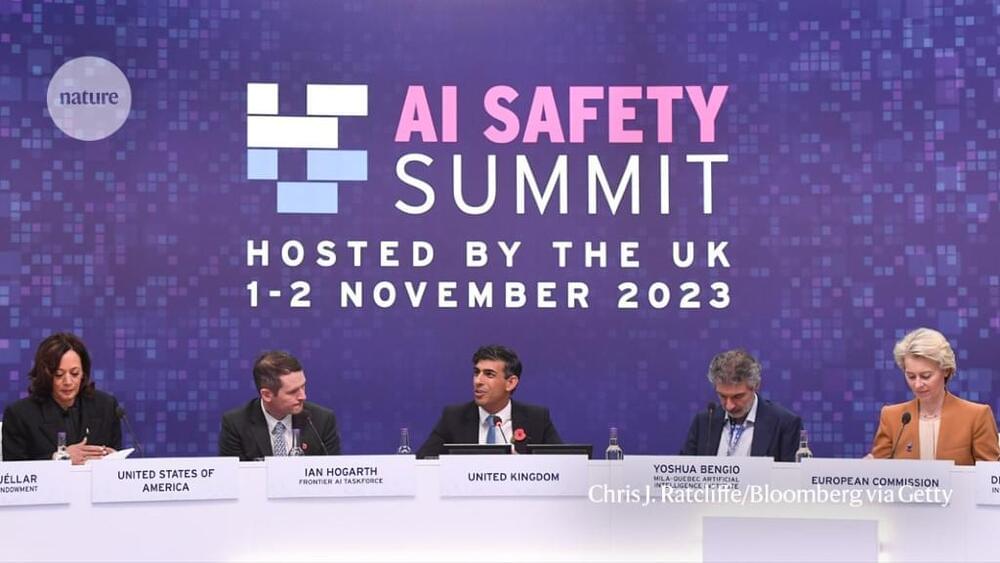
…Such moves are helping countries like the United Kingdom to develop the expertise needed to guide AI for the public good, says Bengio. But legislation will also be needed, he says, to safeguard against the development of future AI systems that are smart and hard to control.
We are on a trajectory to build systems that are extremely useful and potentially dangerous, he says. We already ask pharma to spend a huge chunk of their money to prove that their drugs aren’t toxic. We should do the same.
Doi: https://doi.org/10.1038/d41586-023-03472-x
UK and US governments establish efforts to democratize access to supercomputers that will aid studies on AI systems.

More than a decade ago, the co-founder of Google’s DeepMind artificial intelligence lab predicted that by 2028, AI will have a half-and-half shot of being about as smart as humans — and now, he’s holding firm on that forecast.
In an interview with tech podcaster Dwarkesh Patel, DeepMind co-founder Shane Legg said that he still thinks that researchers have a 50–50 chance of achieving artificial general intelligence (AGI), a stance he publicly announced at the very end of 2011 on his blog.
It’s a notable prediction considering the exponentially growing interest in the space. OpenAI CEO Sam Altman has long advocated for an AGI, a hypothetical agent that is capable of accomplishing intellectual tasks as well as a human, that can be of benefit to all. But whether we’ll ever be able to get to that point — let alone agree on one definition of AGI — remains to be seen.
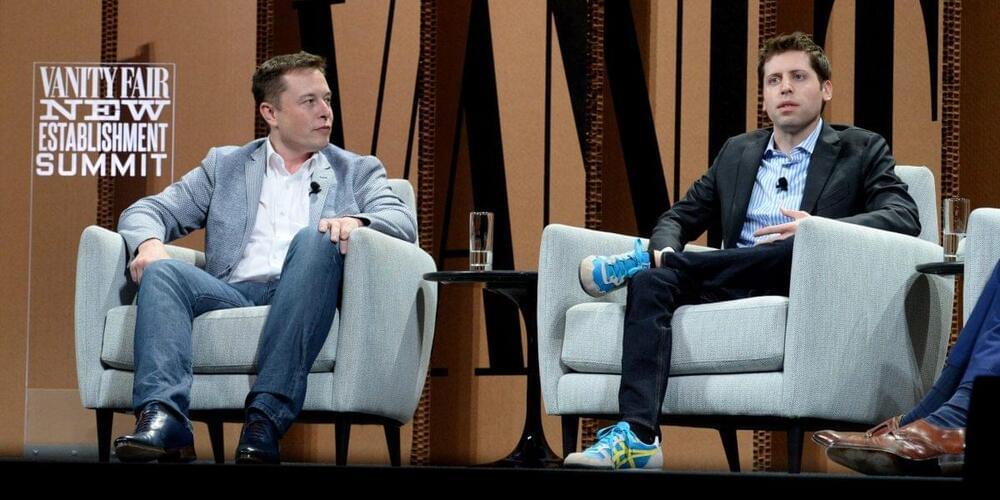
Musk cofounded OpenAI—the parent company of the viral chatbot ChatGPT—in 2015 alongside Altman and others. But when Musk proposed that he take control of the startup to catch up with tech giants like Google, Altman and the other cofounders rejected the proposal. Musk walked away in February 2018 and changed his mind about a “massive planned donation.”
Now Musk’s new company, xAI, is on a mission to create an AGI, or artificial general intelligence, that can “understand the universe,” the billionaire said in a nearly two-hour-long Twitter Spaces talk on Friday. An AGI is a theoretical type of A.I. with human-like cognitive abilities and is expected to take at least another decade to develop.
Musk’s new company debuted only days after OpenAI announced in a July 5 blog post that it was forming a team to create its own superintelligent A.I. Musk said xAI is “definitely in competition” with OpenAI.
Take courses developed and taught by the same tenured & tenure-track faculty as on campus.
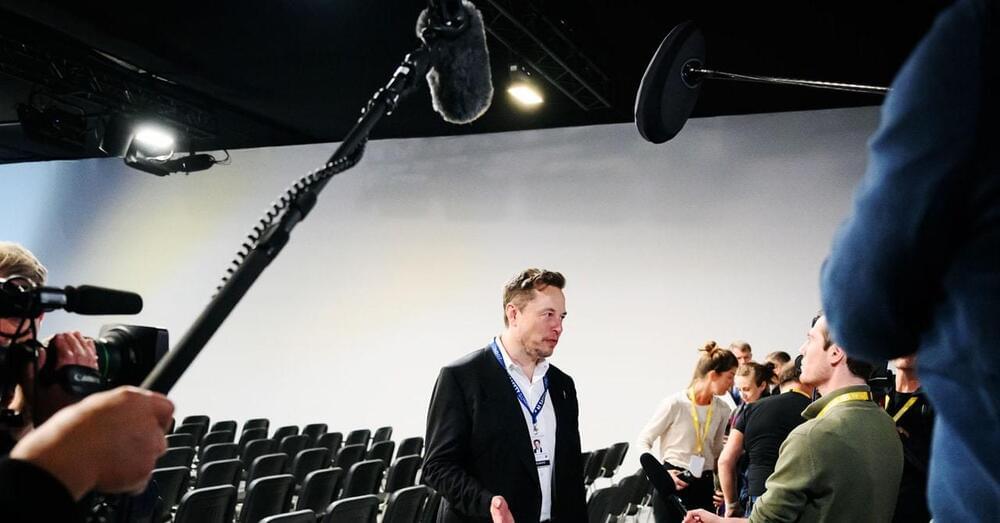

The study, led by Jimo Borjigin, associate professor of molecular and integrative physiology and neurology at Michigan, was very small, featuring only four patients. But the findings echo animal model studies, where the presence of gamma waves in dying brains has also been observed, including in a previous study in rats that Borjigin and colleagues ran a decade earlier.
“These data demonstrate that the surge of gamma power and connectivity observed in animal models of cardiac arrest can be observed in select patients during the process of dying,” the researchers wrote in their paper, published in PNAS.
What are gamma waves? Gamma waves are high-frequency brain waves researchers believe represent multiple areas of the brain working together in complex thoughts. Take, for example, combining the sight, sound, and smell of a car to get a full picture of the vehicle, Ajmal Zemmar, a neurosurgeon at the University of Louisville uninvolved with the study, told Science.
Researchers have also found patterns of gamma waves in healthy people while dreaming, learning, and recalling lessons, Science reported, with some researchers associating them with consciousness itself. But the exact mechanisms behind gamma waves are “one of the biggest mysteries in neuroscience,” Zemmar said.